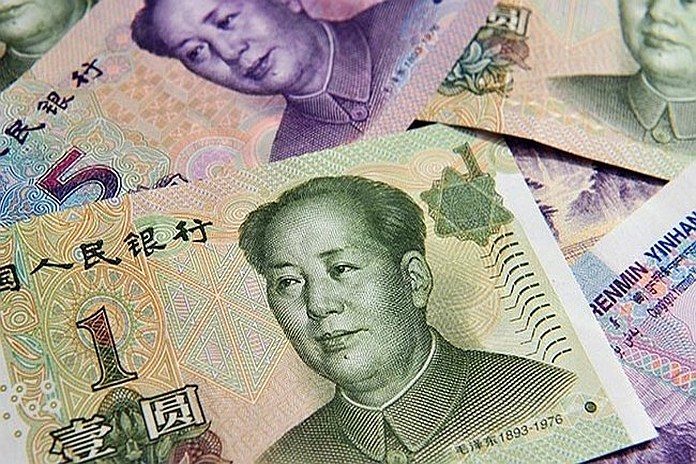LONDON, England – Over the holiday season, Chinese officials were busy with dealing the logistics of signing the US-China Phase I deal, reached on December 13, 2019. The long-waited deal is now expected to be signed by both parties in Washington DC on 15 January 2020. President Donald Trump also said he will travel to Beijing at a later date to start Phase II talks.
Besides trade, The People’s Bank of China (PBOC)’s two policy changes caught our eyes and we think you should be aware of.
On December 28, 2019, PBOC announced that the application of LPR (Loan Prime Rate) will be expanded to all outstanding floating-rate loans (previously it was only applied to new loans) starting from March 1, 2020.
By the end of August, borrowers and banks need to renegotiate new loan contracts based on LPR – a bank offered rate linked with PBOC’s MLF which effectively functions like a new policy rate rather than the rarely-change and non-market PBOC base rate. The current LPR is 4.15 percent while one-year base rate is 4.35 percent which kept the same since October 2015. The aim is to improve monetary transmission mechanism so that any policy rate change (MLF) will be reflected in the loan market.
What does it mean to us? The policy change is likely to affect an estimated 60.8 trillion CNY or 40 percent of the total outstanding 152 trillion CNY loan (approximately $ 22 trillion). We expect this new policy will generally lower the borrowing cost for all firms as the reformed LPR has been lowered by 16bps since its inception last August.
The total impact on the economy is likely to be limited as not all banks are willing to cut its lending rate and it all depend on each’s bargaining power (large firms will have much more benefits than SMEs), without mention 16bps cut is minimal compared to other major economies. It is also worth noting that change of the loan reference rate will not affect mortgage rate per government’s policy to tame housing price.
Read the full story





